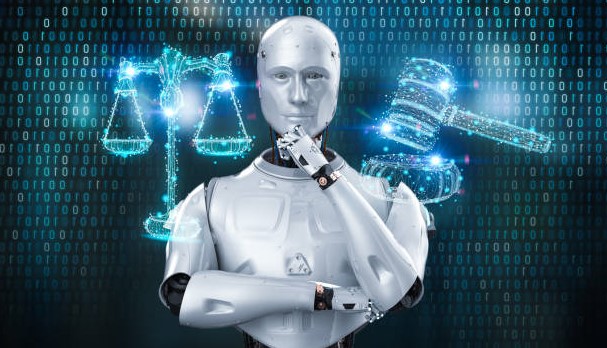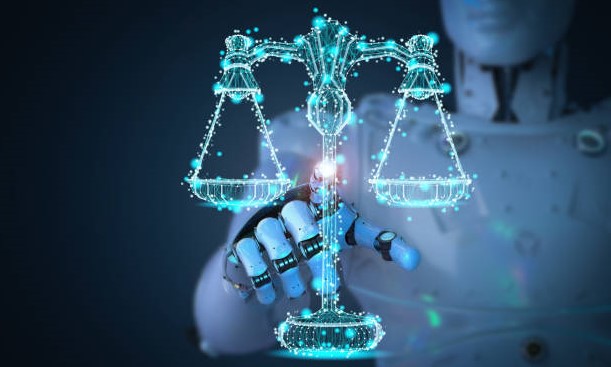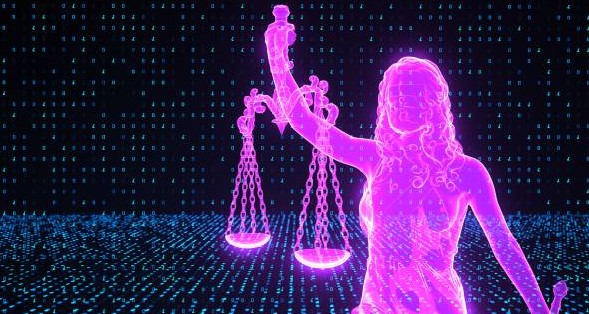Introduction
Artificial intelligence (AI) is increasingly used in various aspects of criminal justice, such as predicting crime hotspots, identifying suspects, and assessing the risk of reoffending. The proponents of AI claim that it can help improve efficiency, accuracy, and fairness in the legal system. However, critics argue that AI can also amplify and perpetuate existing biases and injustices, especially against minorities and marginalized groups.
How AI Works in criminal justice
AI is a broad term encompassing different methods and applications of using machines to perform tasks that normally require human intelligence, such as reasoning, learning, and decision-making. In criminal justice, AI can analyze large amounts of data and generate predictions or recommendations based on patterns and correlations.
For example, predictive policing is a technique that uses AI to identify areas where crimes are more likely to occur based on historical data and other factors. Police departments can then allocate their resources and patrols accordingly. Another example is facial recognition, which uses AI to compare images of faces and match them to databases of known individuals. Law enforcement agencies can use this technology to identify suspects or witnesses of crimes.
One of the most controversial applications of AI in criminal justice is risk assessment. This involves using AI to estimate the probability that a defendant will commit another crime in the future or fail to appear in court. Judges can use this information to make decisions about bail, sentencing, parole, and rehabilitation. Risk assessment tools typically use algorithms that take into account various factors, such as age, gender, race, criminal history, education level, employment status, and drug use.
How AI can be biased in criminal justice
While AI may seem objective and impartial, it is not immune to bias. Bias can arise from different sources, such as the data used to train the algorithms, the design of the algorithms themselves, or the interpretation and implementation of the algorithmic outputs.
One source of bias is the data used to train the algorithms. If the data is incomplete, inaccurate, or unrepresentative of the population, it can lead to skewed or misleading results. For instance, if the data on crime rates are influenced by racial profiling or the over-policing of certain communities, it can create a feedback loop that reinforces existing disparities. Similarly, if the data on recidivism is based on historical outcomes that reflect systemic racism or discrimination in the legal system, it can perpetuate unfair treatment of certain groups.
Another source of bias is the design of the algorithms themselves. Algorithms are not neutral or transparent; they reflect the choices and assumptions of their creators. For example, algorithms may use different weights or thresholds for different factors or variables, which can affect the outcomes. Algorithms may also use proxies or proxies for proxies for proxies for proxies for proxies for proxies for proxies for proxies for proxies for proxies for proxies for proxies for proxies for proxies for proxies for proxies for proxies for proxies for proxies for proxies for proxies for proxies for proxies for proxies for proxies for proxies for proxies for proxies for proxies for variables that are not directly observable or measurable, such as socioeconomic status or mental health. These proxies may introduce noise or error into the analysis.
A third source of bias is the interpretation and implementation of the algorithmic outputs. Algorithms do not make decisions; they only provide predictions or recommendations. Humans still have to interpret and act on these outputs. However, humans may have their own biases or prejudices that influence how they use or trust algorithmic outputs. For example, judges may rely too much on the risk scores and ignore other relevant factors or evidence. Judges may also have different standards or expectations for different groups of defendants based on their race, gender, or other characteristics.
How AI can combat bias in criminal justice
Despite these challenges and risks, AI also has the potential to combat bias in criminal justice. AI can be used to detect and correct bias in data, algorithms, or human decisions. AI can also be used to enhance transparency and accountability in the legal system.
One way that AI can combat bias is by auditing and monitoring data and algorithms. AI can help identify and remove errors, outliers, or anomalies in data that may affect the quality or validity of the analysis. AI can also help evaluate and compare different algorithms or models based on their performance and fairness metrics. For example, AI can test whether an algorithm produces different outcomes for different groups of defendants based on their race, gender, or other characteristics.
Another way that AI can combat bias is by providing feedback and guidance to human decision-makers. AI can help inform and educate judges about the limitations and uncertainties of risk assessment tools. AI can also help provide alternative perspectives or options that may challenge or complement human judgments. AI can also help provide evidence or arguments that may support or challenge the algorithmic outputs. For example, AI can help compare the risk scores of different defendants with similar characteristics or circumstances.
A third way that AI can combat bias is by enhancing transparency and accountability in the legal system. AI can help disclose and explain the data, algorithms, and outputs used in criminal justice. AI can also help monitor and audit the impacts and outcomes of using AI tools. For example, AI can help generate reports or dashboards that show how risk assessment tools affect different groups of defendants or how they correlate with recidivism rates.
Thoughts
AI is a powerful and promising technology that can have significant impacts on criminal justice. However, it is not a panacea or a substitute for human judgment and values. AI can be biased or flawed, and it can also be used to combat bias and injustice. The key is to ensure that AI is designed, deployed, and regulated in a way that respects human rights and the rule of law. This requires collaboration and dialogue among various stakeholders, including judges, lawyers, policymakers, researchers, civil society, and the public.



